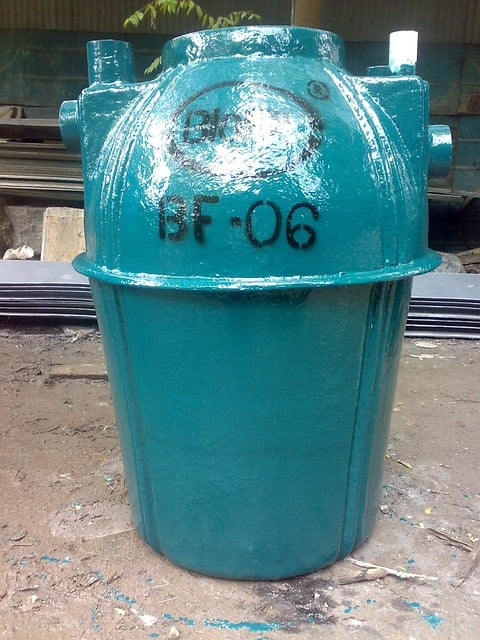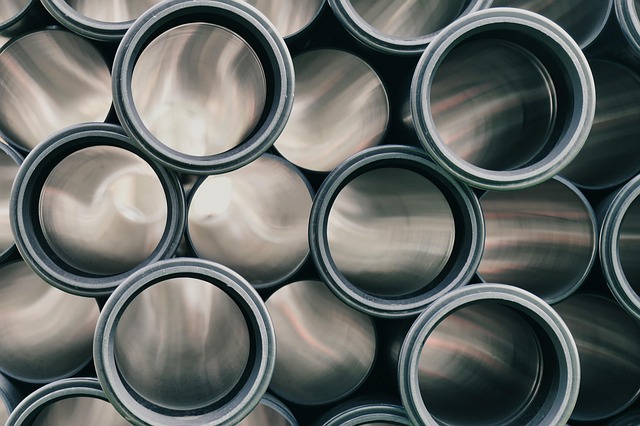Homeowners should prioritize Septic System Maintenance to prevent expensive repairs and ecological damage. Common mistakes include flushing grease, coffee grounds, and non-biodegradable items, leading to clogs and tank damage. Regular pumping (every 3-5 years), inspection, and mindful draining practices are crucial. Avoiding inappropriate waste and scheduling professional assessments ensure optimal system performance, prevent failures, and safeguard the environment.
“Avoid costly septic system failures with this comprehensive guide on common homeowner mistakes. Learn from the top septage-related blunders and protect your investment. Discover what not to flush down the drain, as these habits can cause significant damage to your septic system.
We’ll outline the do’s and don’ts of flushing, offering practical tips for maintenance and care. From proper waste disposal to regular inspections, this article equips homeowners with essential knowledge for optimal septic system maintenance.”
- Common Septic System Mistakes Homeowners Make
- What Not to Flush: The Do's and Don'ts
- Maintaining Your Septic System: A Comprehensive Guide
Common Septic System Mistakes Homeowners Make

Many homeowners often overlook the importance of proper septic system maintenance, leading to costly mistakes and potential environmental hazards. One of the most common errors is flushing inappropriate items down the toilet or drain, which can quickly clog and damage the delicate balance of a septic tank. Materials like grease, coffee grounds, and even certain household products should never be disposed of in this manner.
Additionally, regular pumping and inspection of the septic tank are often neglected. Over time, solids accumulate at the bottom, reducing the tank’s efficiency and leading to poor drainage. Homeowners should schedule professional assessments periodically to ensure the system operates optimally, avoiding potential failures and environmental contamination.
What Not to Flush: The Do's and Don'ts

When it comes to maintaining a healthy septic system, what you flush down your drains matters. Understanding the do’s and don’ts is key to avoiding costly repairs and ensuring your system operates efficiently.
Do’s: Stick to flushing human waste and toilet paper. These are the intended materials for breakdown by beneficial bacteria in your septic tank. Also, be mindful of the amount of water you use, as excess can dilute the effluent and slow down the system’s natural processes. Regularly pump out your tank as needed, typically every 3-5 years, to prevent solids from building up and clogging pipes.
Don’ts: Avoid flushing non-biodegradable items like wipes (even those marketed as ‘flushable’), sanitary products, condoms, and food scraps. These items can disrupt the natural balance of your septic system and cause clogs or damage to pipes and pumps. Similarly, never pour grease, chemicals, or hazardous waste down the drain—these substances can contaminate groundwater and require special disposal methods. Remember, proper septic system maintenance starts with what you choose to flush.
Maintaining Your Septic System: A Comprehensive Guide

Maintaining a septic system is an essential aspect of home ownership, often overlooked but crucial for preventing costly repairs and ensuring optimal performance. Regular care can extend the life of your septic tank and avoid potential environmental hazards. Here’s a comprehensive guide to keep your septic system in top shape.
Start by understanding the basic functions and components of your septic system. This includes scheduling regular pumping intervals, typically every 3-5 years, to remove solid waste accumulation. Avoid flushing non-biodegradable materials like plastics, personal care products, and hazardous chemicals, as these can disrupt the natural decomposition process. Additionally, be mindful of what goes into your drains; dispose of grease, coffee grounds, and food scraps responsibly. Regular inspections and maintenance checks by professionals are vital to identifying potential issues early on.
Understanding what not to flush is just the beginning of proper septic system maintenance. By avoiding common mistakes and adhering to the do’s and don’ts outlined in this guide, homeowners can significantly extend the life of their septic systems. Regular maintenance, including professional inspections and timely pumping, is key to preventing costly repairs and ensuring a healthy, efficient wastewater treatment process. Embrace sustainable practices and prioritize your septic system’s well-being for a peaceful, trouble-free future.
